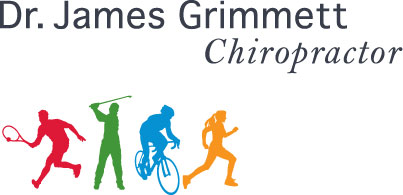I hope with the last article the connection was made between weak gluteal muscles and common injuries of the hip, knee, and foot. Do have a read of that article if you have not already as this one continues on the same theme.
So let’s move to the upper body in particular the shoulder. Yes, shoulder function is very much connected to that of the hip. Throwing athletes are great examples of this connection. This would include overhead athletes like badminton, tennis and squash players.
Let’s use the example of a baseball pitcher who has developed shoulder pain in their throwing arm. In taking the history it is likely to hear that the shoulder pain and it’s corresponding dysfunction was of a gradual onset with no obvious trauma. Usually the injured throwing athlete will also say that they first noticed that they had lost a few miles per hour off their fast pitch with the shoulder feeling a bit tight and needing more time to warm up. Then one day with a regular throw they felt a sharp abrupt pain in the shoulder and immediately had to stop throwing.
The diagnosis at minimum is usually a partial tear in one or more of the rotator cuff tendons.
In the physical examination this is where the opposite hip’s range of motion is noted as being reduced. Usually this is in internal rotation. In the throwing motion the brain says throw the ball and the body obeys by doing just that. In a perfect world every body part is doing it’s job. That is, numerous body parts are contributing to the global movement pattern. In this case it is the throwing motion. If the range of motion in the opposite hip is restricted as is common then the shoulder by default will try to move excessively to to account for this. In time with continued throwing under this biomechanical strain a shoulder problem is likely to ensue.
Hip joint problems and the corresponding weak gluteal muscles are a good example of how our bodies work globally as a team.
Sitting is an all too common silent strain on the hip joint. We should take head from countries where squatting is still a daily practice. Less sitting and more activity that helps maintain a functionally strong hip is the message here. The positive physical impact from this is widespread from foot to shoulder.
Less injuries and improved court play not a bad outcome from building that buttock!
